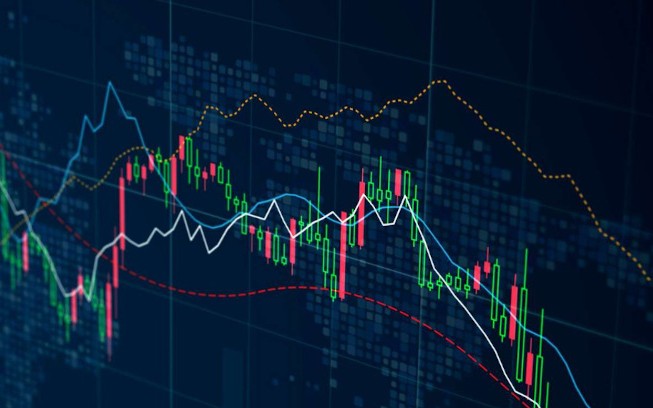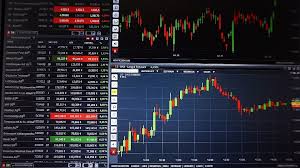
In the dynamic world of Forex trading, having the right tools at your disposal is crucial for success. One such tool that can significantly enhance your trading performance is Forex trading signals. These signals are indicators that help traders make informed decisions about when to buy or sell currency pairs. With the rise of technology, platforms like trading signals forex Trader APK have made accessing and utilizing these signals easier than ever.
What are Forex Trading Signals?
Forex trading signals are essentially trade recommendations that provide insight into potential market movements. These signals are generated based on either technical analysis, fundamental analysis, or a combination of both. They can be delivered through various channels, including email, SMS, or trading platforms.
Typically, a Forex trading signal will include the following components: the currency pair to be traded, the direction of the trade (either buy or sell), the entry price, stop-loss level, and take-profit level. Understanding these components is key to effectively utilizing trading signals.
Types of Forex Trading Signals
There are primarily two types of trading signals: manual and automated. Manual signals require traders to analyze market conditions and make decisions based on their own judgment. This approach is often favored by seasoned traders who have developed a deep understanding of market dynamics.
On the other hand, automated trading signals are generated by algorithms and trading software. These signals can execute trades on behalf of the trader, providing a hands-off approach to Forex trading. Automated systems are particularly popular among novice traders or those who may not have the time to monitor the markets constantly.
How to Use Forex Trading Signals Effectively
Using trading signals effectively requires more than just blindly following them. Here are some key steps to consider:
- Understand the Signals: Before acting on any signal, take the time to understand its basis. What indicators were used to generate the signal? Is there significant news affecting the currency pair?
- Set Clear Goals: Define your trading goals and risk tolerance. This will help you determine which signals align with your objectives.
- Diversify Your Sources: Don’t rely on a single source of trading signals. Using multiple sources can provide a more comprehensive view of the market and help validate trading decisions.
- Use Risk Management Strategies: Always implement risk management strategies, such as setting stop-loss orders. This can protect your capital and minimize potential losses.
The Pros and Cons of Forex Trading Signals
Like any trading tool, Forex trading signals have their advantages and disadvantages. Understanding them can help you leverage their strengths while mitigating potential downsides.

Pros:
- Accessibility: Signals are often easy to access and can provide traders with timely information for making trades.
- Time Saving: Trading signals reduce the need for extensive analysis, allowing traders to save time and effort.
- Learning Opportunities: Novice traders can learn from the signals and improve their understanding of market trends.
Cons:
- Over-Reliance: Relying solely on signals can lead to complacency and a lack of personal analysis.
- Variable Quality: Not all signals are created equal; some may be more reliable than others, which can lead to losses.
- Market Volatility: Markets can change quickly, and a signal might become irrelevant if conditions shift.
Choosing the Right Forex Signal Provider
With numerous Forex signal providers in the market, selecting the right one can be daunting. Here are some factors to consider:
- Reputation: Research the provider’s reputation. Read reviews and feedback from other traders to assess reliability.
- Performance Track Record: Check the provider’s past performance. Transparent providers will often share their success rates.
- Cost: Some signal services require a subscription fee. Ensure that the cost aligns with the value you expect to receive.
- Transparency: A trustworthy provider should be transparent about how their signals are generated and the analysis behind them.
Integrating Signals into Your Trading Strategy
Once you have access to Forex trading signals, the next step is integrating them into your overall trading strategy. Here are some approaches to consider:
- Combine Signals with Technical Analysis: Use signals in conjunction with your technical analysis. This can enhance your decision-making process and increase the likelihood of successful trades.
- Create a Trading Journal: Document your trades based on signals to analyze outcomes over time. This practice can help identify patterns and improve future trading performance.
- Stay Educated: Continue to educate yourself about Forex trading. The more knowledgeable you are, the better you can interpret signals and adapt to changing market conditions.
Final Thoughts
Forex trading signals can be a powerful addition to any trader’s toolkit. Whether you’re a beginner looking to learn or an experienced trader aiming to refine your strategy, understanding and effectively using these signals can lead to improved trading outcomes. Make sure to choose the right signal provider and integrate their insights into a comprehensive trading strategy that emphasizes personal analysis and risk management. As you navigate the markets, platforms like Trader APK can assist you in managing your trades and accessing signals more conveniently.